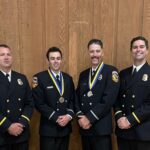
The Ghost Train and Hidden Tunnels in the Santa Cruz Mountains
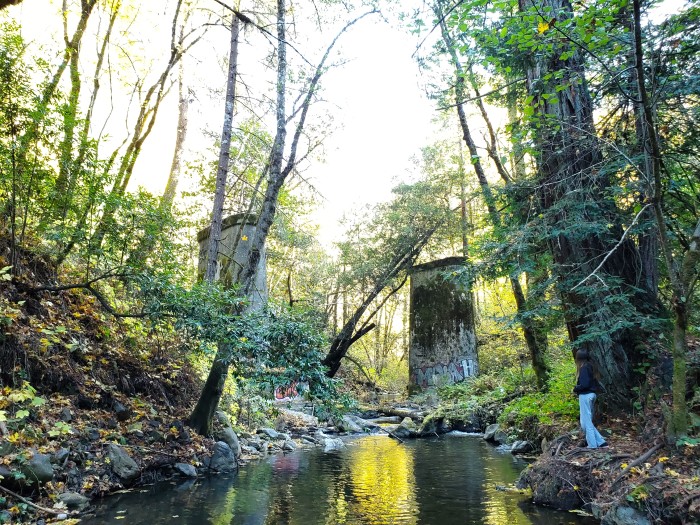
By Sarah Brewer
Chances are, if you live in the Santa Cruz Mountains, you are no stranger to navigating the harrowing curves and steep mountain drops of Highway 17. But the highway was not always the way to travel around here. Years ago, the best way to get “over the hill” was to actually go “through the hill” by way of the railroad.
The story of the South Pacific Railroad is a tale of a colossal feat doomed to fail. The portion of the short-lived narrow-gauge railroad that connected Los Gatos to Felton had its share of disasters, from earthquakes to epic storms to fatal accidents. But in the end, not any specific one of these tragedies killed the railroad, it was the culmination of all of them, combined with the shiny new invention of the automobile, and with it, the very same highway we all use to get, well, anywhere.
Before the railroad, the best way to travel through the mountains was by stagecoach. This was a long and treacherous journey that might take a couple days. The roads were allegedly so steep, you would need to disassemble your carriage and carry it by hand in some parts. Steeper than the roads were the tolls, and if you were a merchant, it would cost a pretty penny to get your goods over the mountain, especially since you could only take half a load at a time.
So, in the 1860s and 70s, when populations were exploding throughout California after the Gold Rush, the construction of the railroads was seen as a godsend, facilitating California’s exponential growth. To the deep pockets of the railroad tycoons, there was nothing that would stand in the way of the railroad’s progress, not even the relentless topography of the region.
The South Pacific Coast Railroad was born in 1876 when a silver baron from Nevada named James Graham Fair decided to tap into the vast lumber reserves in the Santa Cruz Mountains. The rail line was to run from Alameda to Santa Cruz in its entirety. The Peninsula section was easy, Fair merely purchased the existing Santa Clara Valley Railroad. The southern section was also a takeover of the Santa Cruz and Felton Railroad. The section from Los Gatos to Felton, however, was another story. The rail line would either have to climb at an impossible grade or burrow miles of tunnels through the mountain range, bisecting major earthquake faults, gas and petroleum reserves, and unstable slopes. What could go wrong?

By 1877, the rail line had been extended through the Los Gatos Creek drainage to the location of the first mile-long tunnel. As it would take at least two years to excavate, a small town called Wright’s (also known as Wrights) developed at the tunnel portal to house the laborers, who were predominantly of Chinese ethnicity. During this time, Wright’s became an important trade center and vacation destination, as industry from the mountain communities used the train to ship out goods and lumber and ship in tourists from San Francisco who fancied a picnic at Sunset Park, just up the way.
Little did the laborers of the Wright’s tunnel know their gruesome fate ahead. By a strike of bad luck, the excavation tapped into a vein of natural gas reserves, which slowly filled the tunnel. The gas ignited sending a giant fireball through the tunnel killing more than 30 men. This devastating accident had a profound effect on the surviving laborers, who both mourned the loss of their colleagues and feared for their lives on the project. In the end, the remaining laborers walked off the jobsite, refusing to return to the tunnel of death. With a new crew, the narrow-gauge railroad was finally completed in 1880. But it was only open a week before tragedy struck again and a train crashed, killing 14 passengers.

The rail line had its share of natural disasters too. In 1893, after it was integrated into the Southern Pacific system, a particularly heavy winter storm caused a landslide, damaging the tracks and requiring major reconstruction. In 1906, Southern Pacific chose an unfortunate time to convert the narrow-gauge tracks to standard gauge, as the infamous earthquake of 1906 wreaked havoc on the line and halted progress. This quake caused a five-foot break where the rail line crossed the San Andreas Fault in Wright’s tunnel! Eventually, work on the railroad continued and the conversion to standard gauge was finally completed in 1909.
The railroad was only in operation for 60 tumultuous years. Fate threw a double punch in 1940 from which the railroad simply could not recover. In February that year, a storm of epic proportions erupted, and the tracks once again suffered major damage. Adding insult to injury, the construction of Highway 17 was completed providing a much more efficient way over the hill. The popularity of the automobile had been steering the population upslope to the new communities of Redwood Estates and Chemeketa Park along – what we now call the Old Santa Cruz Highway – for a couple decades by that point. During this time, the use of the railroad dwindled, and in the end, it simply could not compete with the automobile.
The last train to pass through the mountain ran on February 26, 1940. After which, all railroad ties and tracks were salvaged and removed. The tunnels were all dynamited, putting to rest years of arduous labor and the memory of dozens of lives lost. Wright’s Station burned down and is now a ghost town with almost nothing left to tell the story. Much of the rail line is now invisible under the waters of reservoirs or behind locked gates. All that survives of the railroad now are the ruins of tunnel portals which appear as unexpected scars against the mountainside, the eroding railroad grades, and the memories of times long past.



Many thanks to two major sources of information: California Central Coast Railways by Rick Hamman (1980) and Chinese Gold: The Chinese in the Monterey Bay Region by Sandy Lydon (1985)

Bio: Sarah Brewer is a California archaeologist and a lover of local history. She has spent much of the quarantine mapping railroad features and searching for tunnel portals.
Photos by Sarah Brewer

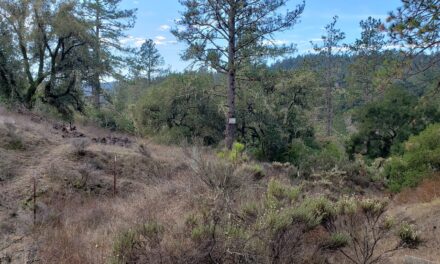

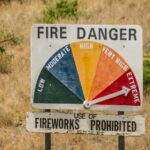
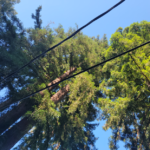
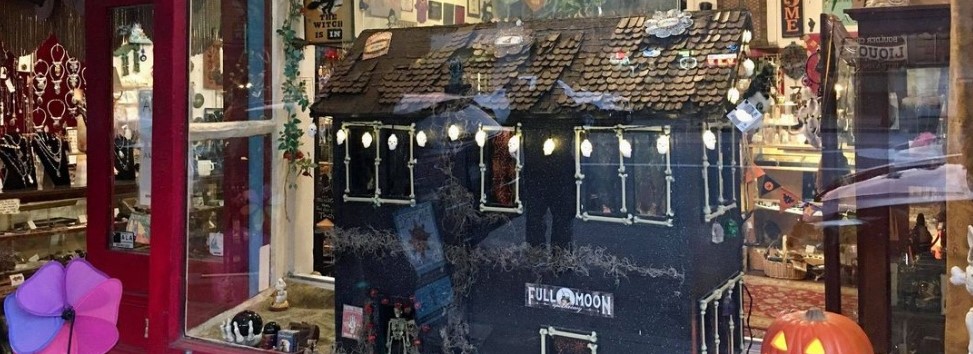
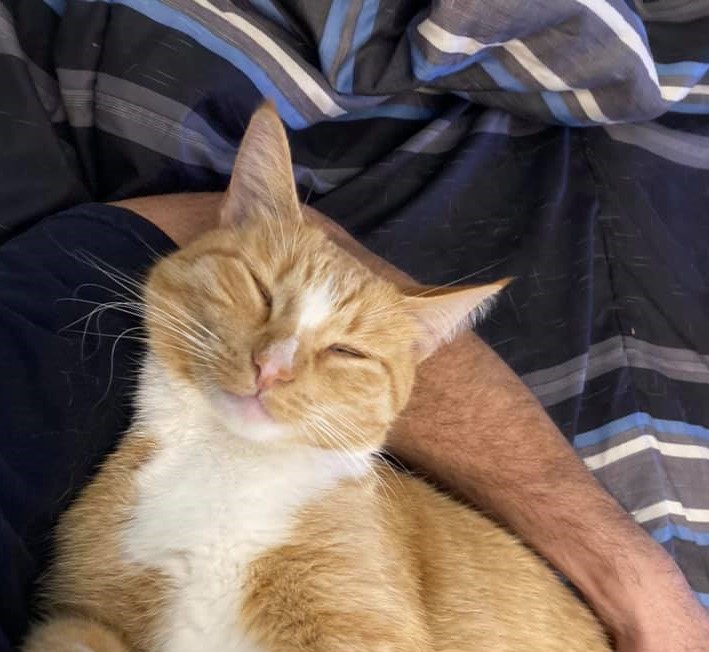
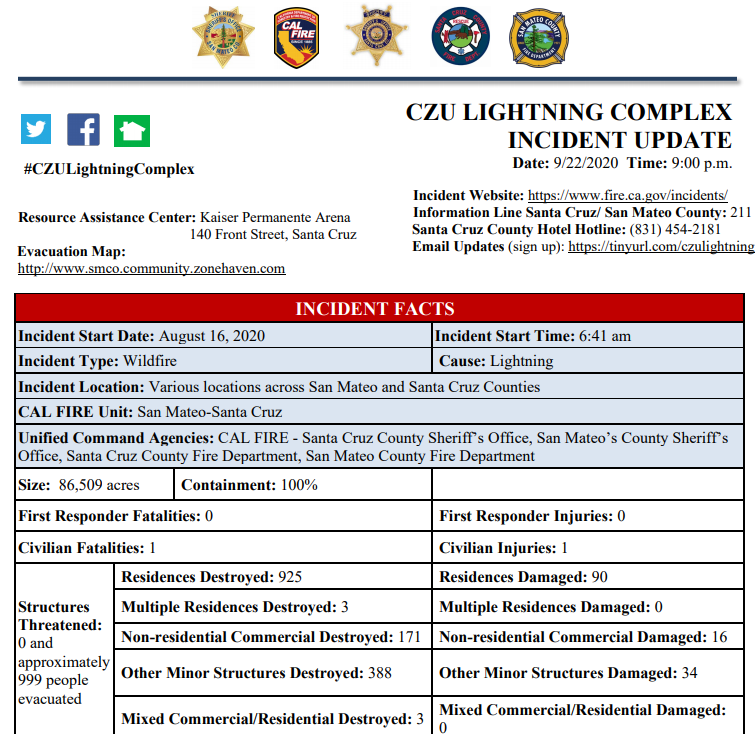
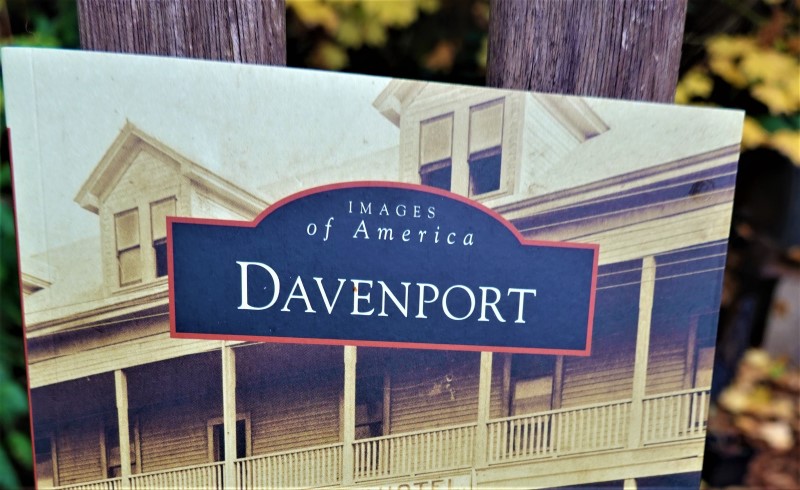

Very cool story! What’s the publication date?
March 1, 2021
My grandmother (Gertrude Lindsay was born and raised there. She was the first telephone operator.
Someone, I know not who, published a google map overlay of lots of rail lines in our mountains.
https://www.google.com/maps/d/viewer?mid=186saGnFfQAfGo0Ht1_kpRJe8nzE&hl=en_US&ll=37.06428031570103%2C-122.07428995914&z=12
I’ve found a couple of rail tunnel portals visible on google street view.
This is great! Thank you!
I think Derek Whaley created that.
Great article. You might find our film enjoyable. https://www.youtube.com/watch?v=Xpxjg34gJV0&t=53s
Hi Sarah. Great article! Last year I hiked the whole right-of-way from the Santa Cruz Beach Boardwalk to Diridon Station in San Jose. Took hundreds of photos. Contact me if you have any questions or want to see some of the photos. BillLeBon3691@gmail.com
The historian Derek Whaley, a Native of Felton, has written a number of books about the railroads in Santa Cruz County (in addition to a lot of other Santa Cruz County history). He has a great web site on the subject:
http://www.santacruztrains.com
Thanks Michael!
I read an article several years ago and hiked on some of the old rail line as well. I found it here :
http://coursetrained.blogspot.com/2008/08/lost-tunnels-los-gatos-to-santa-cruz.html
Thanks Chris. We’ll share the article.
After yet another winding trip down 17 to Santa Cruz, I wondered why a tunnel wasn’t just drilled directly through the mountains. Now I kniw why. Thank you!
Great story. Friends of mine in the hills there had a tunnel on their property that had been blown up Concern in WW2 was that the Japanese would use the tunnels for operations against the US. There were many Chinese artifacts found in and around there.
I went into one of the train tunnels as far as the tunnel could go. It was supported with massive wood beams. I believe it was about 25 years ago. There were huge piles of dirt. I was told that the tunnels were destroyed because people feared that there could be opposition forces living and stationed i. The tunnels during WW2. I believe Gary mentioned the same. The tunnel ended with the dirt finally filling the entire hole and we could not go any farther. The entrance to the tunnel was surreal, there were trees growing all around and in the middle of the tracks. There was a box with a note pad that you could write you name and a message in. I remember the messages being few and far between. People left mementos in the box. I tried to find it years later but couldn’t get there. I’d like to go back.